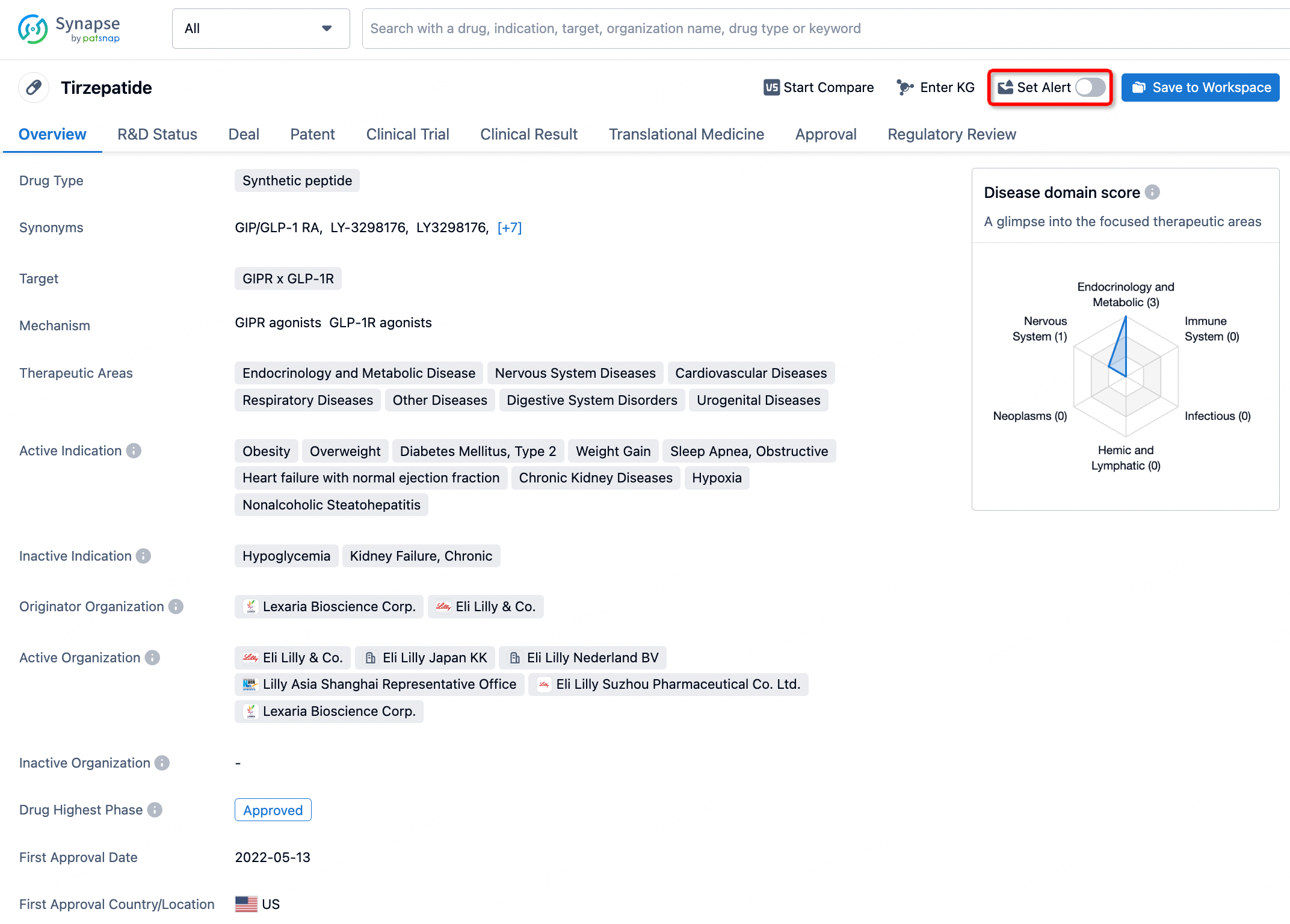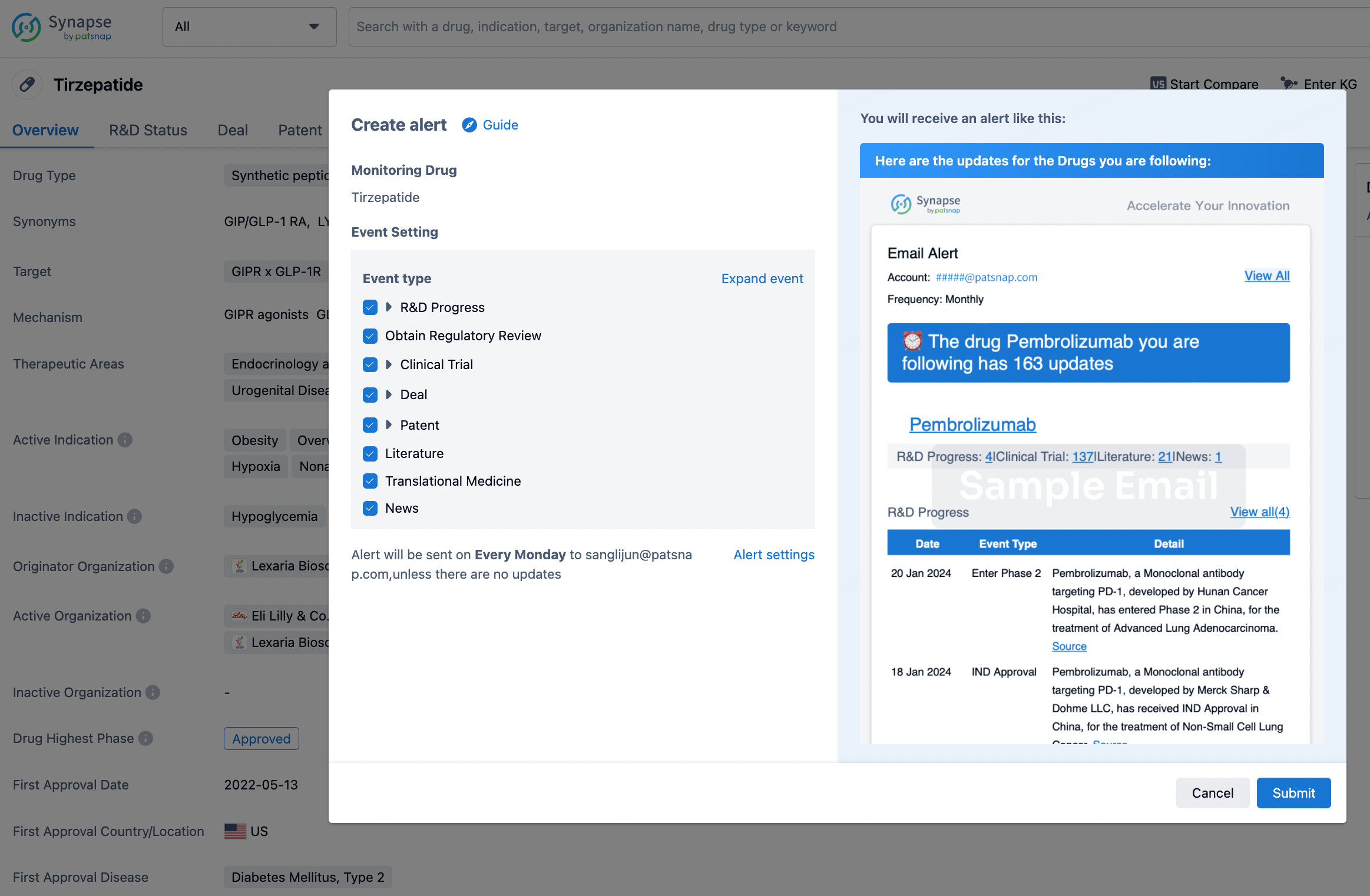Request Demo
What is the mechanism of Vilobelimab?
17 July 2024
Vilobelimab is an investigational monoclonal antibody that has been garnering attention for its potential therapeutic applications, particularly in the realm of inflammatory diseases and conditions involving excessive immune responses. To fully understand the mechanism of Vilobelimab, it is essential to delve into its biochemical interactions and the pathway it influences.
Vilobelimab targets and inhibits a protein called complement component 5a (C5a). The complement system is a crucial part of the innate immune system, responsible for enhancing the ability of antibodies and phagocytic cells to clear pathogens from an organism, promote inflammation, and attack the pathogen's cell membrane. C5a is one of the potent pro-inflammatory peptides generated during the activation of the complement system. It is formed when the complement component C5 is cleaved into C5a and C5b. C5a acts as a chemoattractant, directing immune cells to sites of infection or inflammation, and it also activates various cells, including neutrophils, to release pro-inflammatory cytokines and reactive oxygen species.
The unchecked activation of C5a and its receptor, C5aR, can lead to a plethora of inflammatory diseases and conditions such as sepsis, autoimmune disorders, and acute respiratory distress syndrome (ARDS). This is where Vilobelimab comes into play. By binding to C5a with high affinity, Vilobelimab effectively neutralizes its activity. This prevents C5a from interacting with its receptor, thereby dampening the inflammatory cascade that would otherwise be initiated.
The inhibition of C5a by Vilobelimab has several therapeutic implications. For instance, in the context of sepsis, a condition characterized by an overwhelming immune response to infection leading to tissue damage and organ failure, the neutralization of C5a can help modulate the immune response, reducing excessive inflammation and potentially improving patient outcomes. Similarly, in autoimmune diseases like vasculitis, where the immune system mistakenly attacks blood vessels, inhibiting C5a can help control the immune response and prevent tissue damage.
Moreover, Vilobelimab's mechanism of action also shows promise in treating COVID-19-related ARDS. In severe COVID-19 cases, an exaggerated immune response, often referred to as a cytokine storm, leads to significant lung inflammation and damage. By inhibiting C5a, Vilobelimab may help mitigate this hyperinflammatory response, improving respiratory function and reducing the severity of ARDS.
In clinical trials, Vilobelimab has demonstrated a favorable safety profile and has shown efficacy in reducing markers of inflammation and improving clinical outcomes in patients with sepsis and other inflammatory conditions. These findings support the potential of Vilobelimab as a novel therapeutic agent in managing conditions driven by excessive complement activation and inflammation.
In conclusion, Vilobelimab operates by targeting and neutralizing C5a, a critical mediator of inflammation in the complement system. By inhibiting C5a, Vilobelimab can modulate the immune response, offering potential therapeutic benefits in a variety of inflammatory and immune-mediated conditions, including sepsis, autoimmune diseases, and COVID-19-related ARDS. As research and clinical trials continue, Vilobelimab may emerge as a valuable tool in the arsenal against inflammation-driven diseases.
Vilobelimab targets and inhibits a protein called complement component 5a (C5a). The complement system is a crucial part of the innate immune system, responsible for enhancing the ability of antibodies and phagocytic cells to clear pathogens from an organism, promote inflammation, and attack the pathogen's cell membrane. C5a is one of the potent pro-inflammatory peptides generated during the activation of the complement system. It is formed when the complement component C5 is cleaved into C5a and C5b. C5a acts as a chemoattractant, directing immune cells to sites of infection or inflammation, and it also activates various cells, including neutrophils, to release pro-inflammatory cytokines and reactive oxygen species.
The unchecked activation of C5a and its receptor, C5aR, can lead to a plethora of inflammatory diseases and conditions such as sepsis, autoimmune disorders, and acute respiratory distress syndrome (ARDS). This is where Vilobelimab comes into play. By binding to C5a with high affinity, Vilobelimab effectively neutralizes its activity. This prevents C5a from interacting with its receptor, thereby dampening the inflammatory cascade that would otherwise be initiated.
The inhibition of C5a by Vilobelimab has several therapeutic implications. For instance, in the context of sepsis, a condition characterized by an overwhelming immune response to infection leading to tissue damage and organ failure, the neutralization of C5a can help modulate the immune response, reducing excessive inflammation and potentially improving patient outcomes. Similarly, in autoimmune diseases like vasculitis, where the immune system mistakenly attacks blood vessels, inhibiting C5a can help control the immune response and prevent tissue damage.
Moreover, Vilobelimab's mechanism of action also shows promise in treating COVID-19-related ARDS. In severe COVID-19 cases, an exaggerated immune response, often referred to as a cytokine storm, leads to significant lung inflammation and damage. By inhibiting C5a, Vilobelimab may help mitigate this hyperinflammatory response, improving respiratory function and reducing the severity of ARDS.
In clinical trials, Vilobelimab has demonstrated a favorable safety profile and has shown efficacy in reducing markers of inflammation and improving clinical outcomes in patients with sepsis and other inflammatory conditions. These findings support the potential of Vilobelimab as a novel therapeutic agent in managing conditions driven by excessive complement activation and inflammation.
In conclusion, Vilobelimab operates by targeting and neutralizing C5a, a critical mediator of inflammation in the complement system. By inhibiting C5a, Vilobelimab can modulate the immune response, offering potential therapeutic benefits in a variety of inflammatory and immune-mediated conditions, including sepsis, autoimmune diseases, and COVID-19-related ARDS. As research and clinical trials continue, Vilobelimab may emerge as a valuable tool in the arsenal against inflammation-driven diseases.
How to obtain the latest development progress of all drugs?
In the Synapse database, you can stay updated on the latest research and development advances of all drugs. This service is accessible anytime and anywhere, with updates available daily or weekly. Use the "Set Alert" function to stay informed. Click on the image below to embark on a brand new journey of drug discovery!
AI Agents Built for Biopharma Breakthroughs
Accelerate discovery. Empower decisions. Transform outcomes.
Get started for free today!
Accelerate Strategic R&D decision making with Synapse, PatSnap’s AI-powered Connected Innovation Intelligence Platform Built for Life Sciences Professionals.
Start your data trial now!
Synapse data is also accessible to external entities via APIs or data packages. Empower better decisions with the latest in pharmaceutical intelligence.


